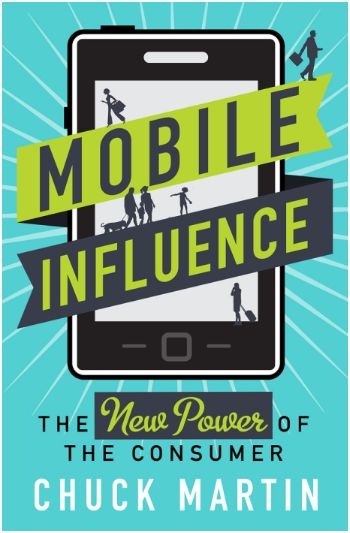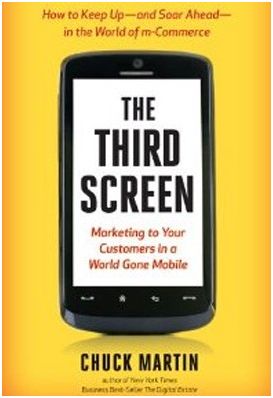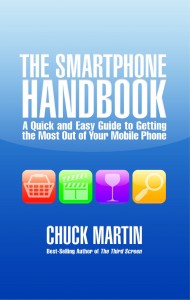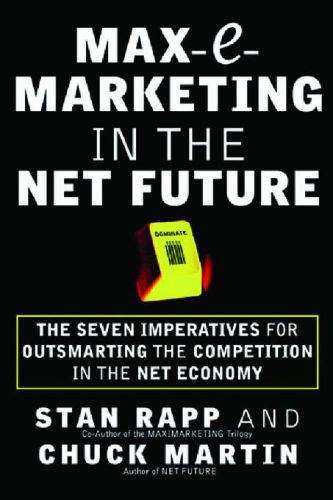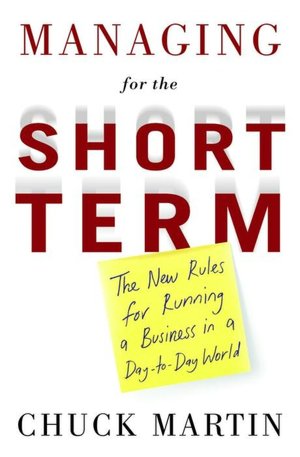So now along comes Dyle, from a consortium of a dozen major broadcast groups with the intent of delivering live television to mobile devices.
A similar service called Flo TV didn’t work out so well, although that model involved charging people and was available only on certain devices.
The Dyle.tv service, from Mobile Content Ventures (MCV), will use traditional broadcast technology thereby bypassing the process of streaming over the Internet, with all the associated download costs.
The venture comprises several major broadcast groups, including NBC, Fox, Belo Corp., Cox Media Group, E.W. Scripps Co., Gannett Broadcasting, Hearst Television, Media General, Meredith Corp., Post-Newsweek Stations, Raycom Media and ION Television.
The consortium will have content, distribution and delivery capability from the media partners involved and expects to have the ability to reach about half the U.S. population by year’s end.
Another group called the Open Mobile Video Coalition also is trying to bring broadcast television to mobile with more of a focus on local programming.
These are not the first attempts to create small-screen broadcast television.
In the early ‘80s, following its legendary success with the Walkman, Sony introduced the Watchman, a hand-held device that received broadcast television signals and showed the programming on a small screen. That model never took off.
The idea of being able to watch TV on a mobile phone is an obvious mobile feature and in some countries, such as South Korea, has been available for several years.
Research has consistently shown that people will watch video on mobile phones. The long-term question is what video will they ultimately watch.
Will it be nationally syndicated shows, Hulu-type fare, movie trailers, YouTube clips, home videos, local news, one-time events or something else?
In one month alone last year, U.S. Internet users watched 34 billion videos, according to comScore, so the consumer appetite for video appears to be there.
The catch is that broadcast is a push medium, a one-to-many model.
Mobile, on the other hand, is inherently a pull device, where consumers pull the information and content to them when and where they want it, rather than on the timeframe of the ‘broadcaster’ of content.
The key to mobile video still will be content, and Dyle.tv can be one more way to get it to the third screen.
Would you watch free, broadcast TV on your phone? Why or why not?
Chuck Martin is author of The Third Screen; Marketing to Your Customers in a World Gone Mobile, The Smartphone Handbook, CEO of Mobile Future Institute, Director of the Center for Media Research at MediaPost Communications and a highly sought-after mobile marketing speaker.



